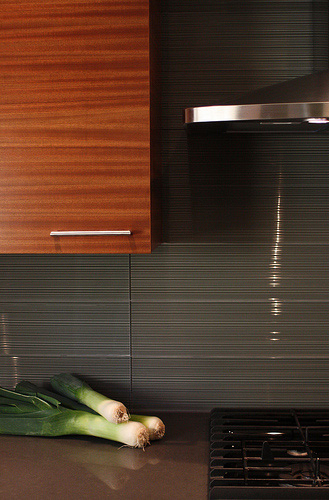Upcoming move and benefit dinner provide food for thought.
 The next two weeks are shaping up to be culinary ones for Hammer & Hand.
The next two weeks are shaping up to be culinary ones for Hammer & Hand.
On Monday the Home Performance team moves into it’s new offices in Glasswood. The Passive House retrofitted commercial space is situated above Xico, a new restaurant set to open soon.
The following week H & H is proud to sponsor a benefit dinner for Growing Gardens on August 5th.
Besides making me salivate, these events have made me consider the ways that energy retrofits make kitchens safer. Here’s how:
1. Test combustion appliances to find out if they leak carbon monoxide.
A part of every energy retrofit, a whole house assessment tests combustion appliances like gas cooktops and ovens along with their gas lines to see if they leak carbon monoxide into the kitchen and the rest of the home. These tests are important because tightening up a home’s envelope through air sealing and insulation means fewer places for that carbon monoxide to escape.
2. Check if exhaust hoods vent outside.
During an assessment building analysts also open up cabinetry and follow exhaust hood ductwork to make sure that it vents outside. Many exhaust fans only filter or move air to different parts of a house like an attic. For safety purposes you should always run your exhaust hood while cooking.
Energy retrofits make the entire home safer, not just the kitchen. For example, assessments also test hot water heaters and furnaces to make sure they don’t leak too. A safer home is only one of several reason to consider an energy retrofit that also include increases in comfort and efficiency.
Check back later and satisfy your appetite for the latest about Glasswood, Xico, and the Growing Gardens dinner.
– Cody
Back to Field Notes